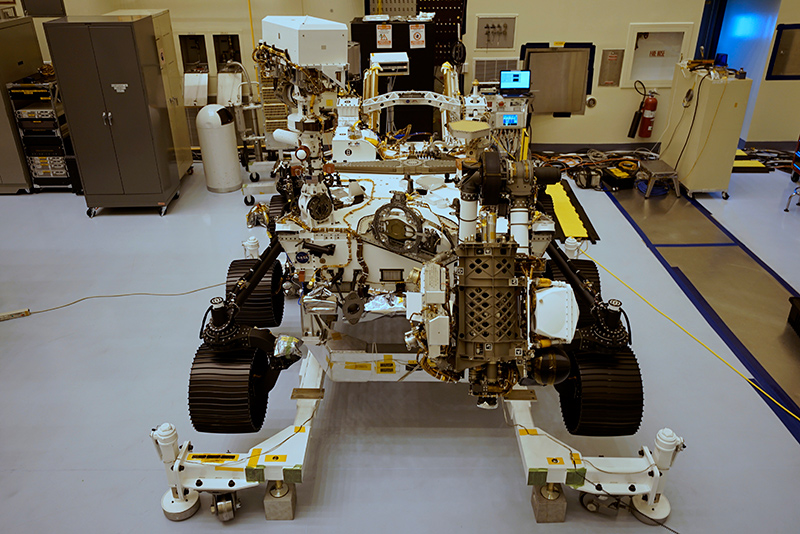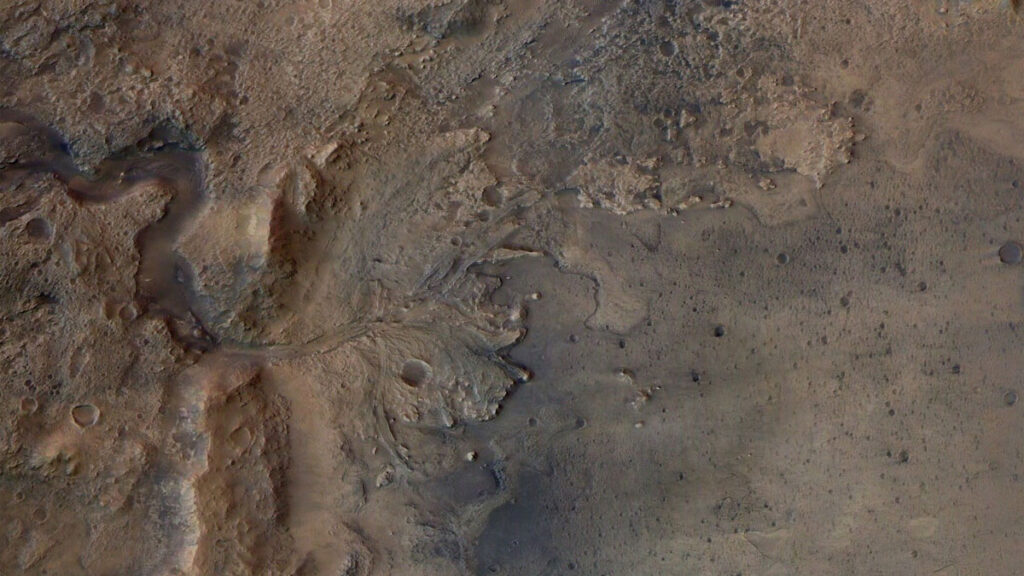What to Expect from the Landing of Perseverance Rover on Mars

NASA launched the Perseverance on July 30, 2020, on an Atlas V-541 rocket, and it is about to land on Mars on February 18, 2021.
It is set to land in the Red Planet’s Jezero Crater, which will complete its 470.8 million-kilometer (292.5 million-mile) journey from Cape Canaveral Air Force Station. The Perseverance Rover is a robotic scientist. It weighs nearly 1,043 kilograms (2,300 pounds). Its mission is to search for proof of ancient microbial life, collect samples for future studies, and classify the planet’s geology and climate.
Millions of names on board
NASA has reopened its campaign to send names on missions to Mars. The Perseverance Rover will be carrying three fingernail-sized microchips stenciled with the names of 10,932,295 people who participated in NASA’s campaign called Send Your Name to Mars, and the essays of the 155 finalists in the Name the Rover challenge. Participants can print out their boarding passes and frequent fliers will be able to collect mission patches, according to the NASA website.

Why Jezero Crater was chosen as the landing site?
Scientists believe that the Jezero Crater used to be filled with water. The 3.9-billion-year-old crater was a lake that was fed several tributaries. The crater 28 miles wide. Today, the crater is completely dry, and this is where the Perseverance Rover will collect samples of dust and rocks, which will be collected and brought back to earth by future missions through the collaboration of the European Space Agency and NASA. The next mission to collect the samples that Perseverance will store in pristine conditions will be around 2031.
It was discovered that the two river deltas at the crater contain various hydrated minerals, which proved that liquid water once existed in the area. The huge deposits of clay minerals such as carbonates helped in determining that the crater will be the target of this current mission to Mars.
Caltech’s project scientist for Mars 2020, Ken Farley said that the collected samples would expand the scientists’ knowledge about the history of Mar’s geology. It would also help them have a better understanding of its part, present, and future, as the focus of the mission is on astrobiology and geology.
Another instrument that the Perseverance Rover carries is MOXIE (Mars Oxygen In-Situ Resource Utilization Experiment), which will determine if the carbon dioxide in Mars can be converted to oxygen. If this becomes possible, it will provide astronauts in the future to breathe normally while on Mars. The oxygen can also become part of the rocket fuel for the astronauts’ return journey.
The riskiest part of the journey
NASA has conducted several missions to Mars, and the agency admitted that landing on the Red Planet always presents a challenge. NASA TV will provide live coverage of the rover’s landing on February 18.
NASA calls the arrival of the rover on Mars as EDL, short for entry, descent, and landing.
The landing process is the riskiest. The rover will be plunging through the Martian atmosphere, which is very thin, with the heat shield first. The speed will be more than 20,000 kph (12,000 mph). It will the seven minutes. To keep the rover on track, small thrusters will fire during the descent, while the protective heat shield slows down the descent. When the rover reaches an altitude of about 11 kilometers (7 miles), a supersonic parachute will deploy to carry the rover as it separates from the heat shield.
A sky crane on top of the rover will lower it to the surface using cables. Hopefully, everything will go well and the Perseverance will land on the Jezero Crater upright. Also, onboard the rover is Ingenuity, a helicopter drone that will be deployed later. Perseverance’s surface mission will last for 687 days or about one year and nine months. This is equivalent to one Mars year.
Cameras on board that rover will allow people on Earth to watch the landing. However, the full video and audio experience will take a few days before it can be seen as it takes time to send data from Mars to Earth.